We untied the lines in Almerimar at eight in the morning and set off eastward, aiming to spend the night in Águilas and continue to Cartagena the next morning. The beginning of the journey went smoothly with the Perkins engine purring, as the sea was completely calm. Only as we approached the Cabo de Gata peninsula did the wind pick up to 17–21 knots as forecasted, and we were able to sail quite nicely.
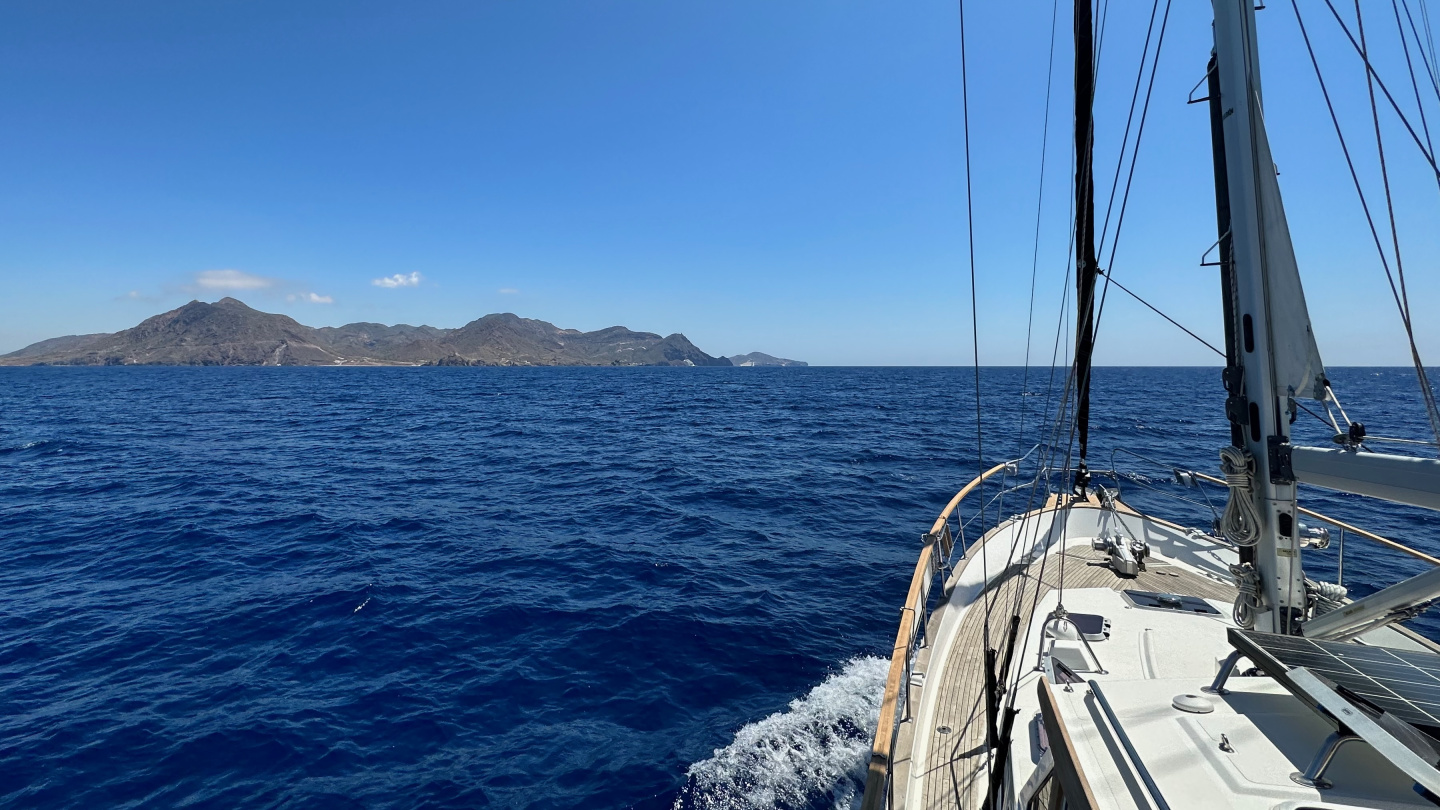
Instead of the promised southeast wind, we were greeted by a pleasant south wind. Halfway through the journey, the sailing mood was so high that we decided to continue directly to Cartagena. We are night owls, so arriving in the harbour in the early hours didn’t bother us, and this way we would have more time to explore Cartagena. The distance from Almerimar to Cartagena is 110 nautical miles, while Águilas would have been 30 miles less.
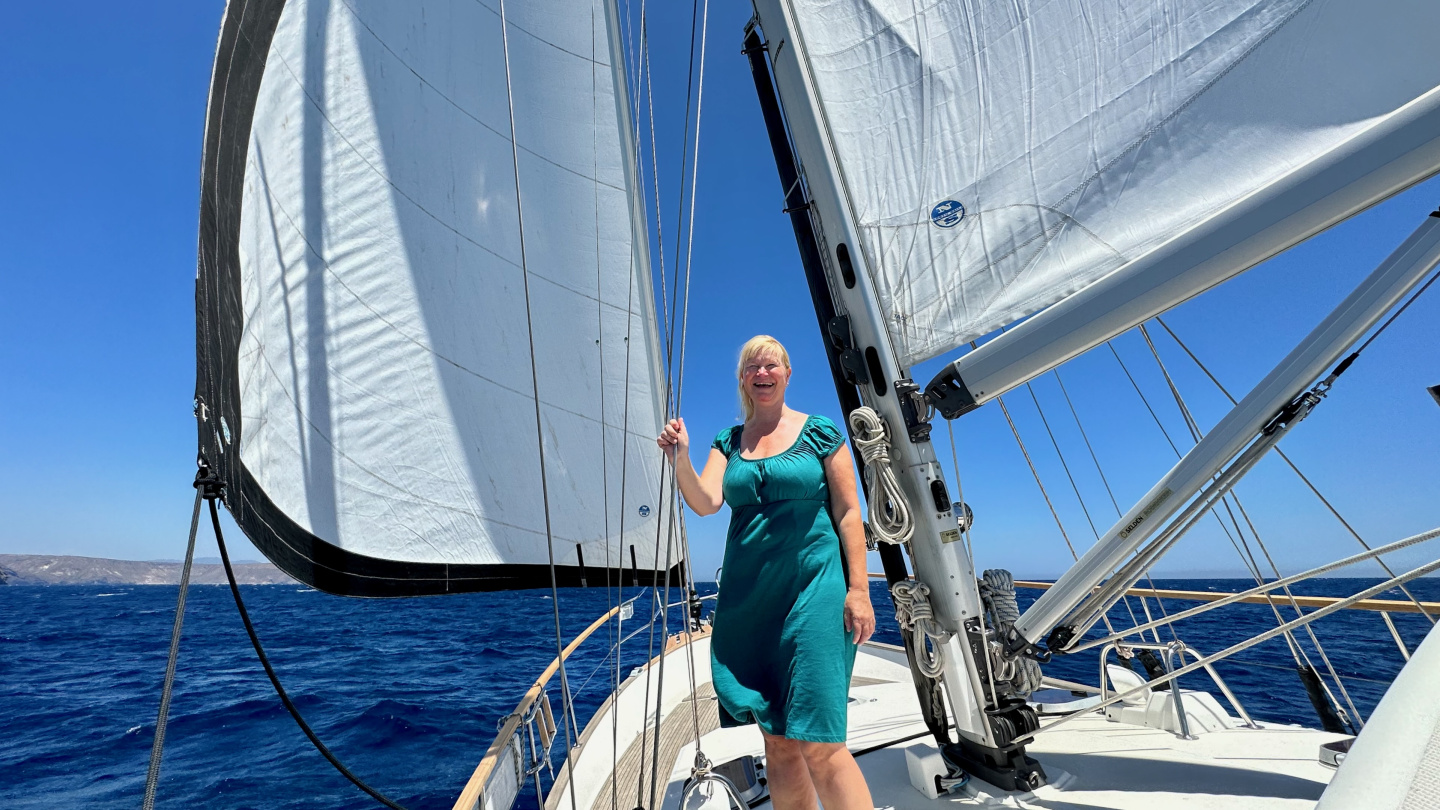
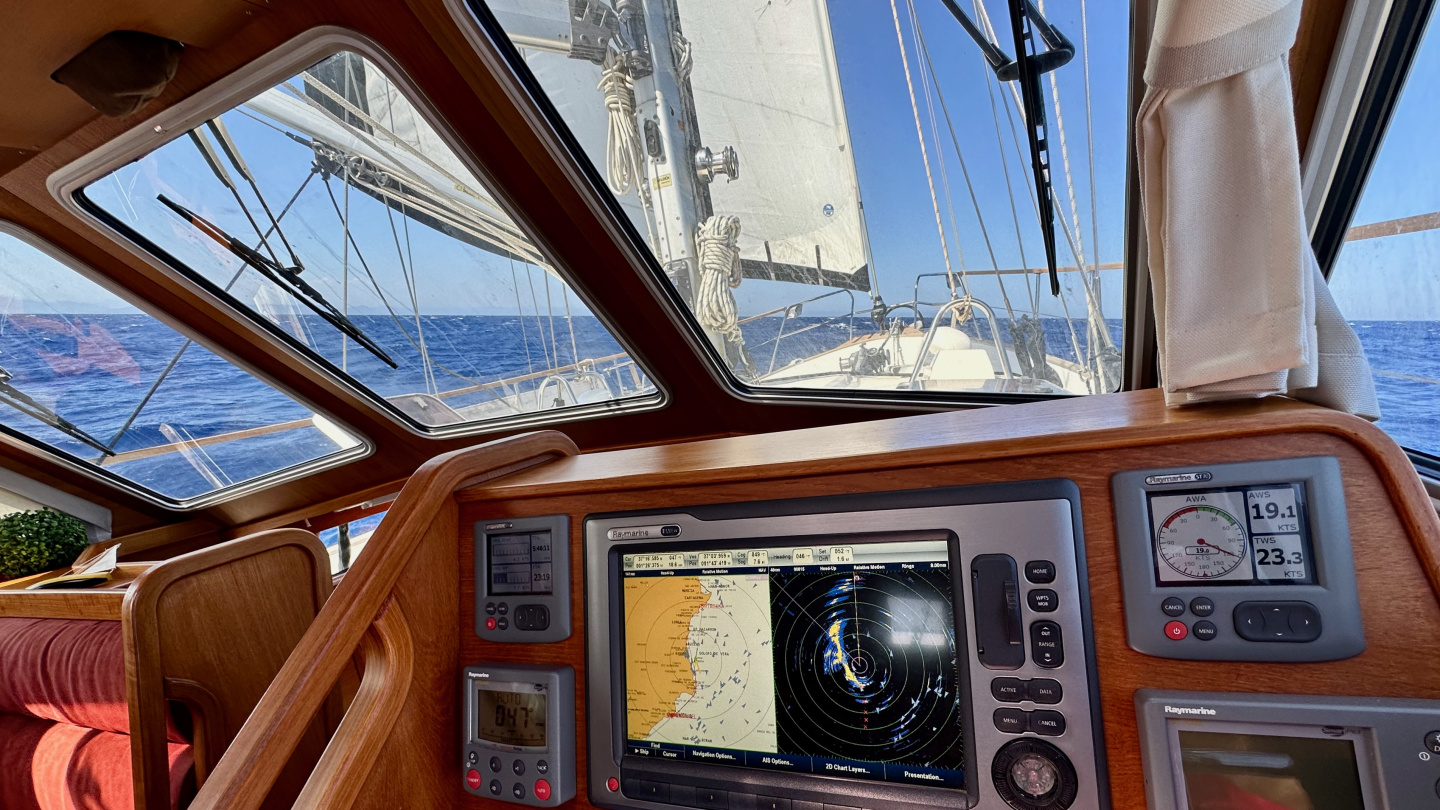
Cartagena has two harbours. In front of the city is the club harbour Real Club Regatas de Cartagena, whose guest berths were located along the city’s waterfront. This harbour offers a shorter walk to the city center, and there were plenty of evening strollers at the waterfront. We chose to dock at the Yacht Port Cartagena marina on the east side. To our delight, we found a good finger pontoon berth for Suwena. As a harbour, it was clearly quieter, positioned just far enough from the city’s hustle and bustle.
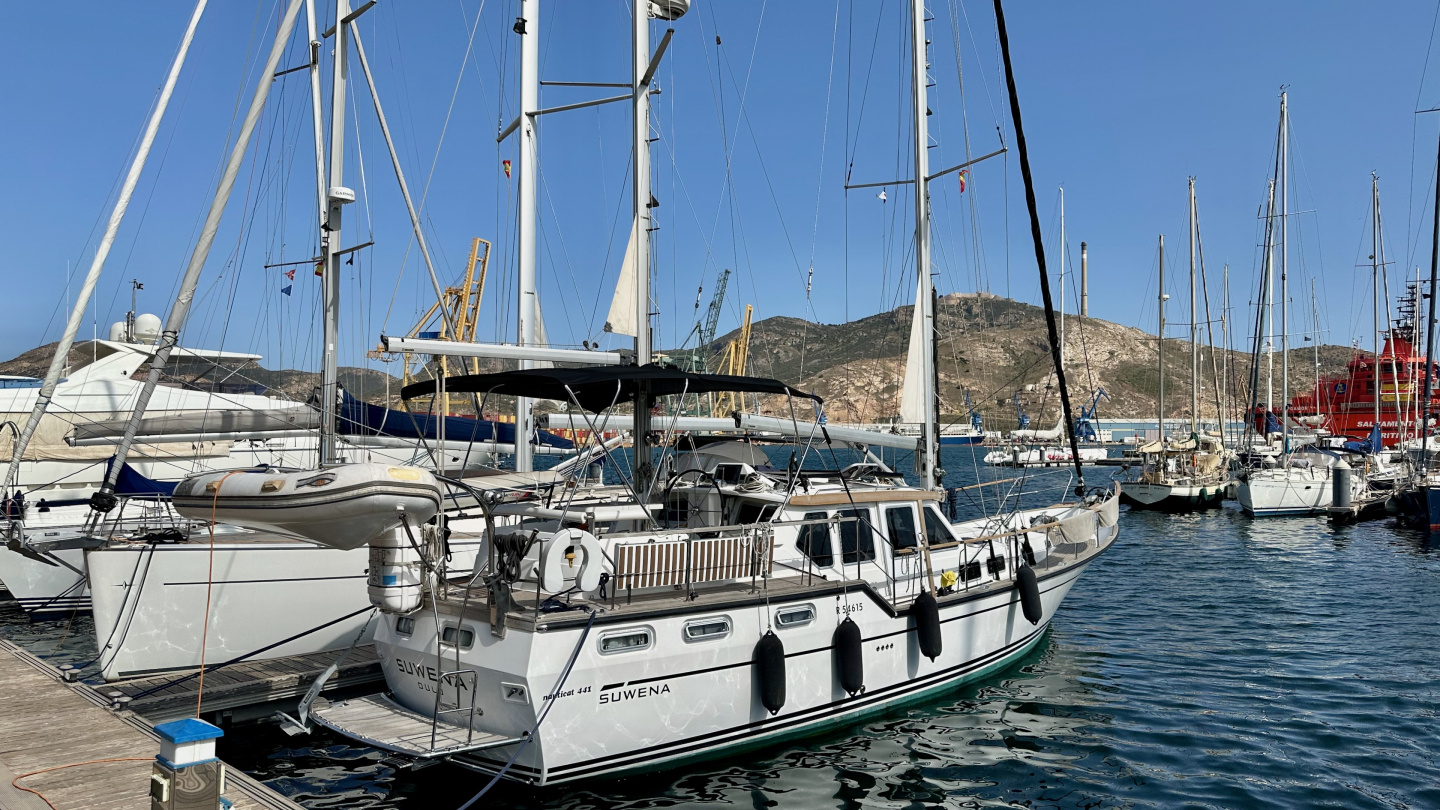
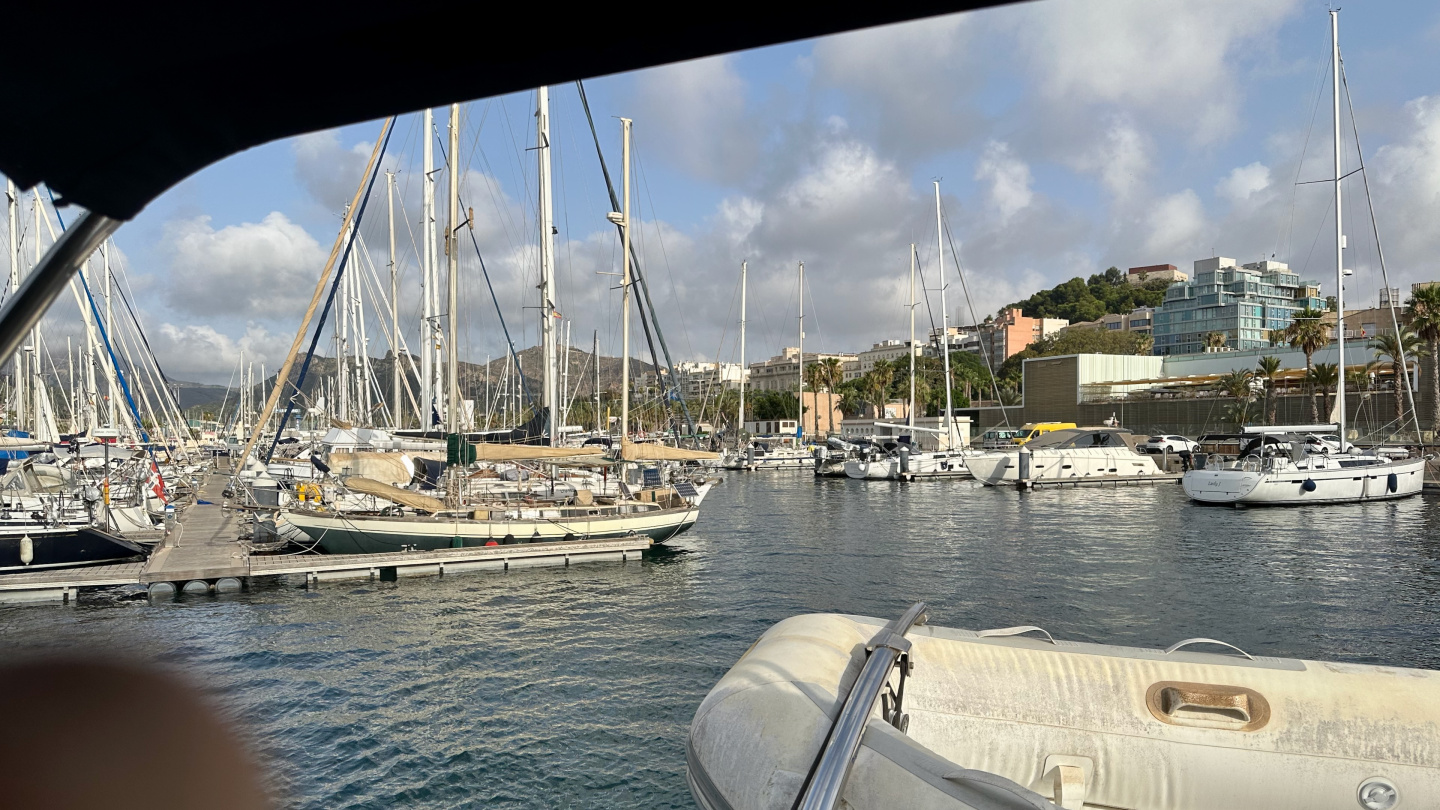
What was peculiar, however, was that the guest boat was charged separately for electricity and water, which seemed to be included in the club harbour’s fee. Anyway, we have no information about the cost of the actual berth in the club marina compared to ours.
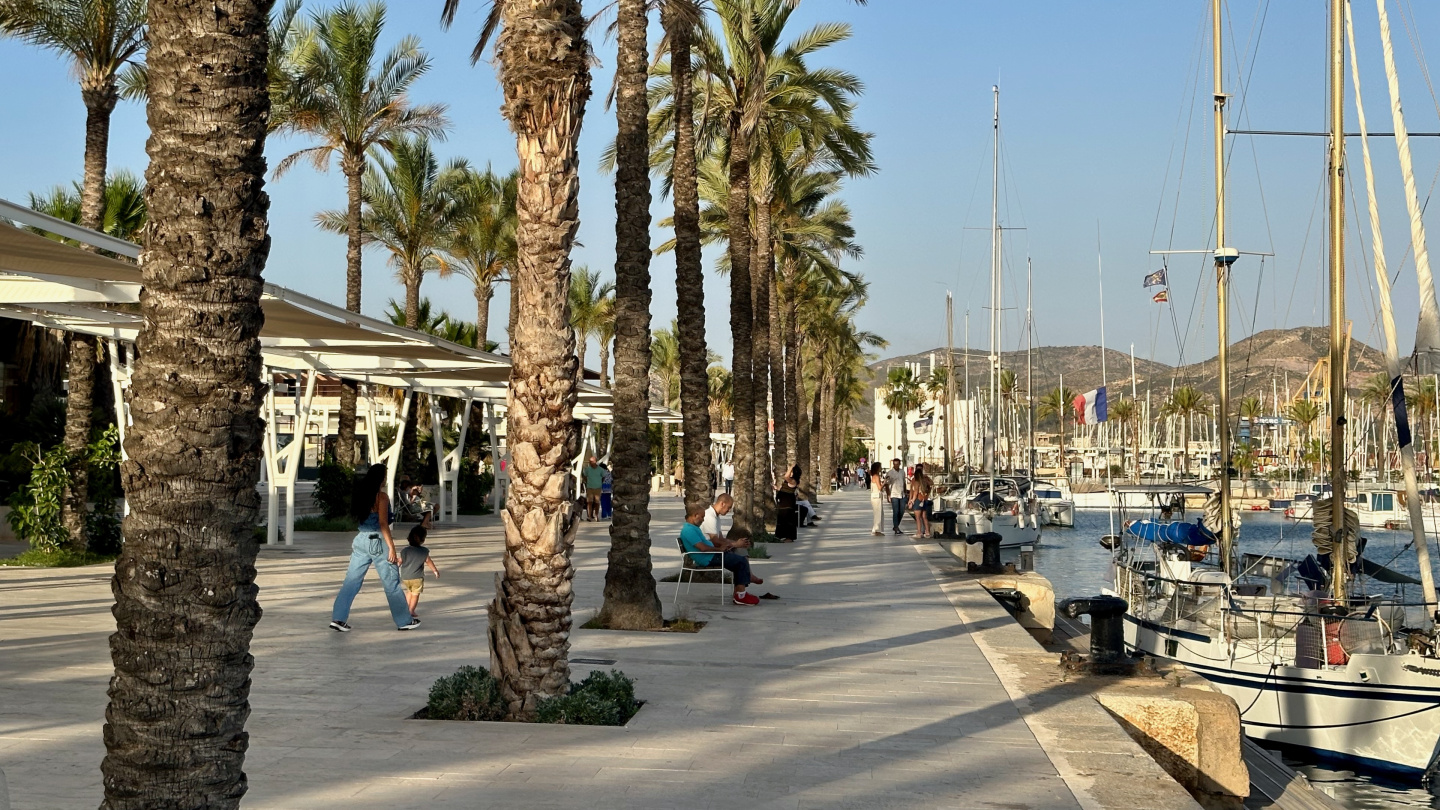
The city of Cartagena is built at the head of a large natural bay, and there has been settlement here since prehistoric times. Today, Cartagena has about 200,000 residents and it is also a university city.
Cartagena is one of Spain’s largest naval bases, complete with cadet schools, and it is a significant military base. The city hosts, among other things, the Spanish Navy’s submarine base as well as headquarters for mine clearance vessels, the Marine Corps, and air defense artillery regiments. Thus, Cartagena has a strong maritime character. At the end of the beach promenade stands a statue of a sailor guarding the city. Various maritime-themed museums can also be found in Cartagena, making it easy to spend time exploring the echoes of history.
Our days in Cartagena were spent walking around, exploring the streets and alleys of the historic center. The long Calle Mayor pedestrian street branches into numerous little alleys and squares, filled with shops and restaurants in an uninterrupted line. The hot summer days flew by as we explored the city. When our feet grew tired, we would sit down in the next square to enjoy the summer moment before continuing on.
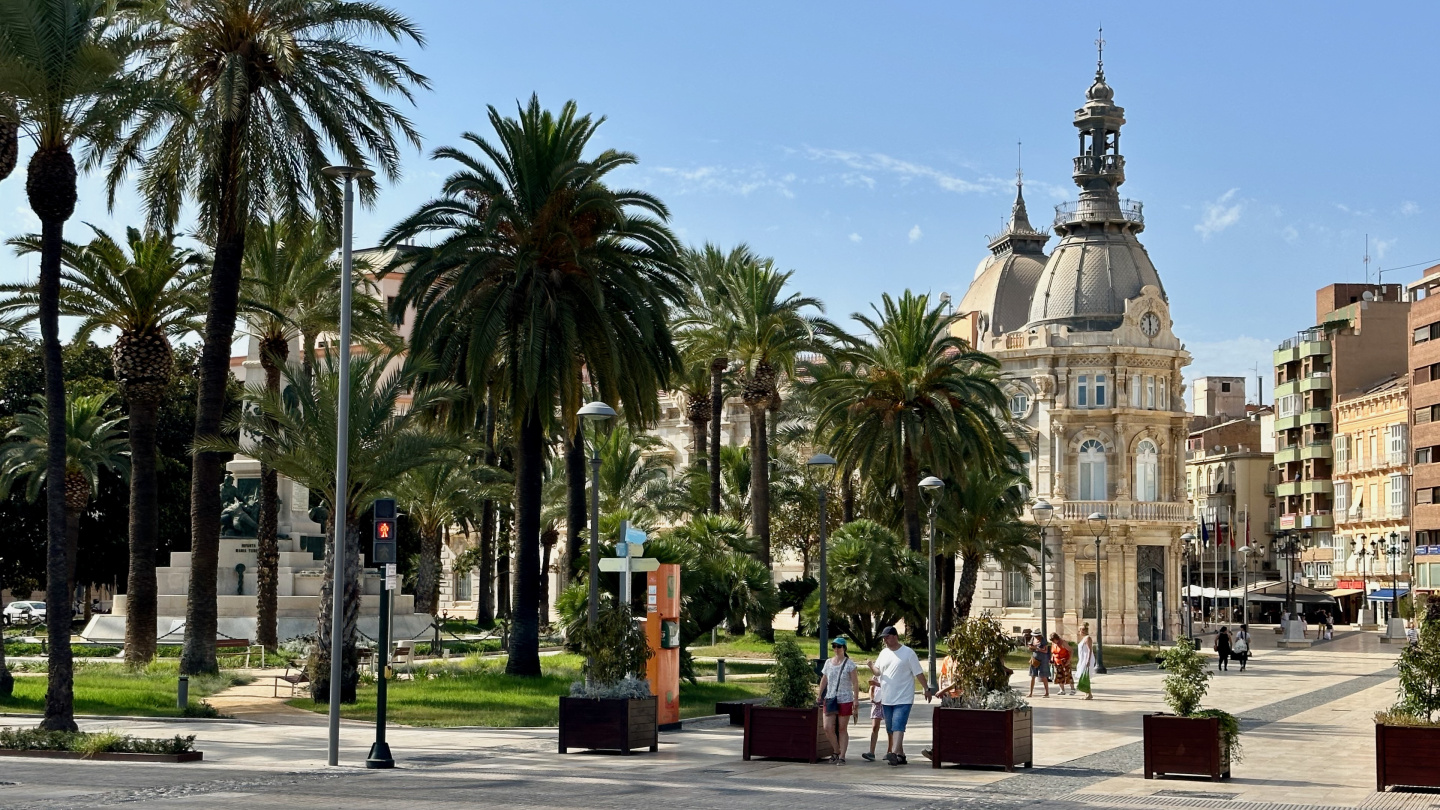
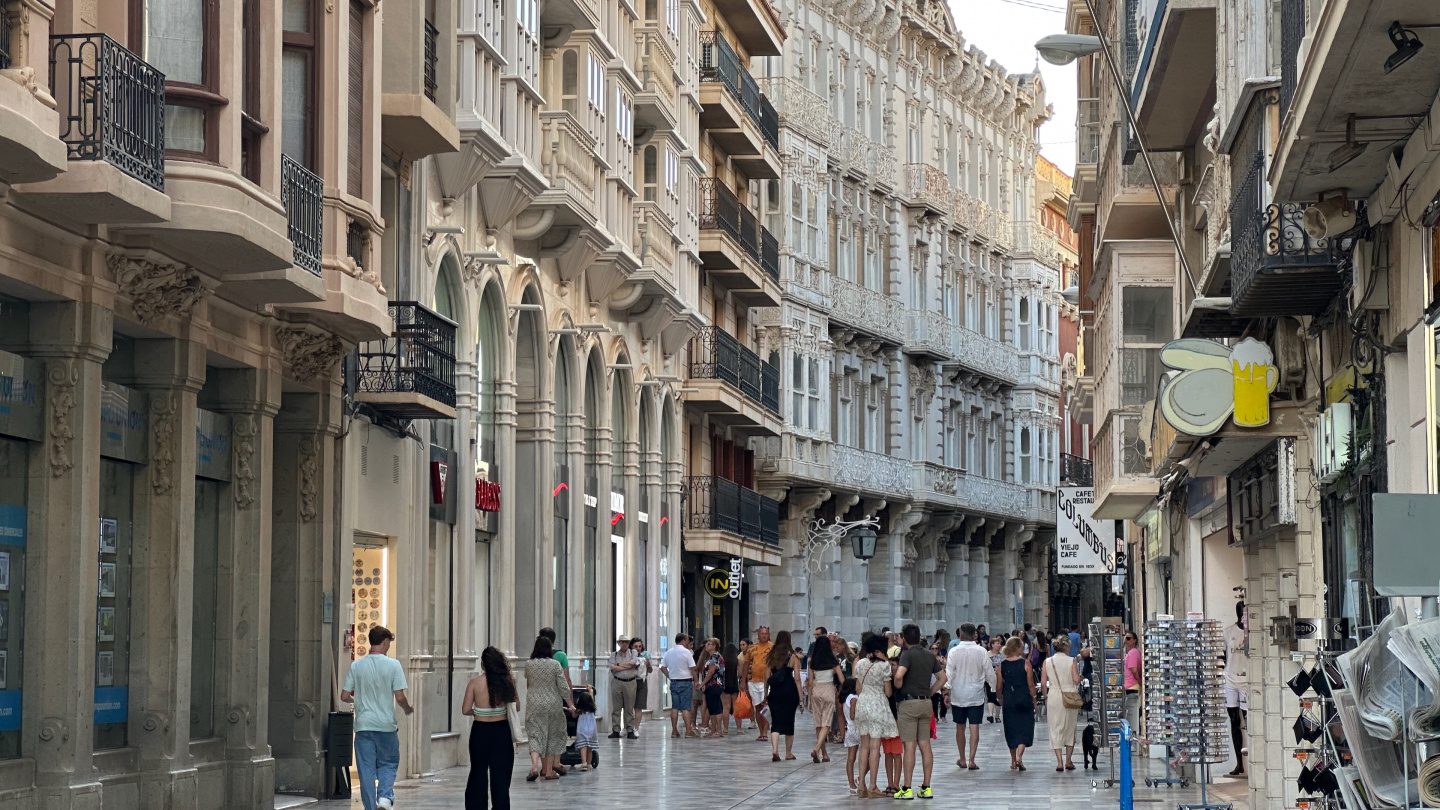
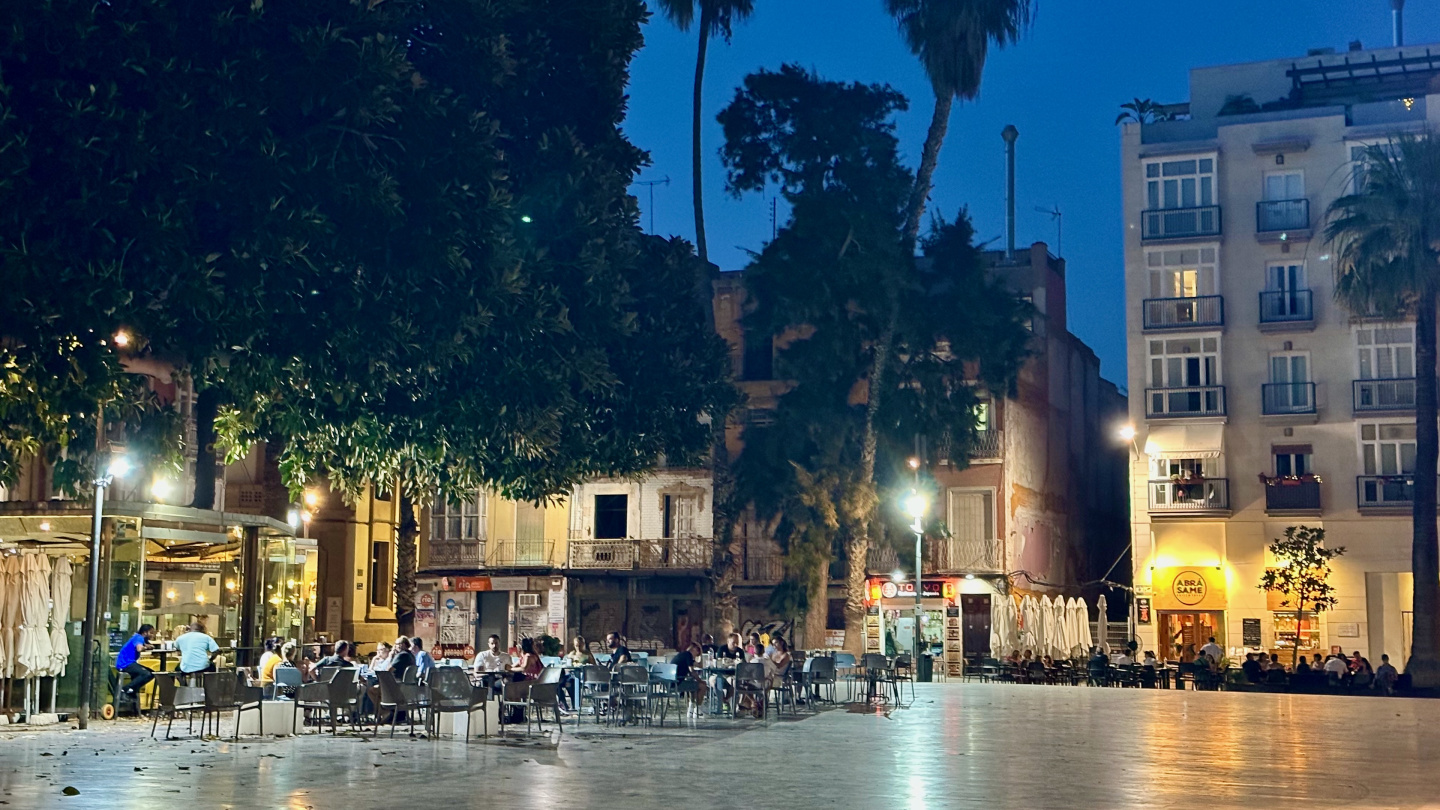
Cartagena has many layers of history. It has been under the rule of many rulers over the millennia. There are numerous remnants from the Roman period, including the Teatro Romano amphitheatre built between 5-1 BC, which is an absolutely incredible sight. The theatre’s remains were only discovered in 1988 and have since been restored. On our visit day, there were pleasantly few other visitors, so we could explore the amphitheatre and the remains of the cathedral built on top of it, along with its museum, in peace. A detailed scale model was also constructed, giving a clear idea of the amphitheatre’s design and size. I, being visually impaired, eagerly explored each seating section and walkway with my fingers, marveling at how such a large structure was carved into the rock in ancient times.
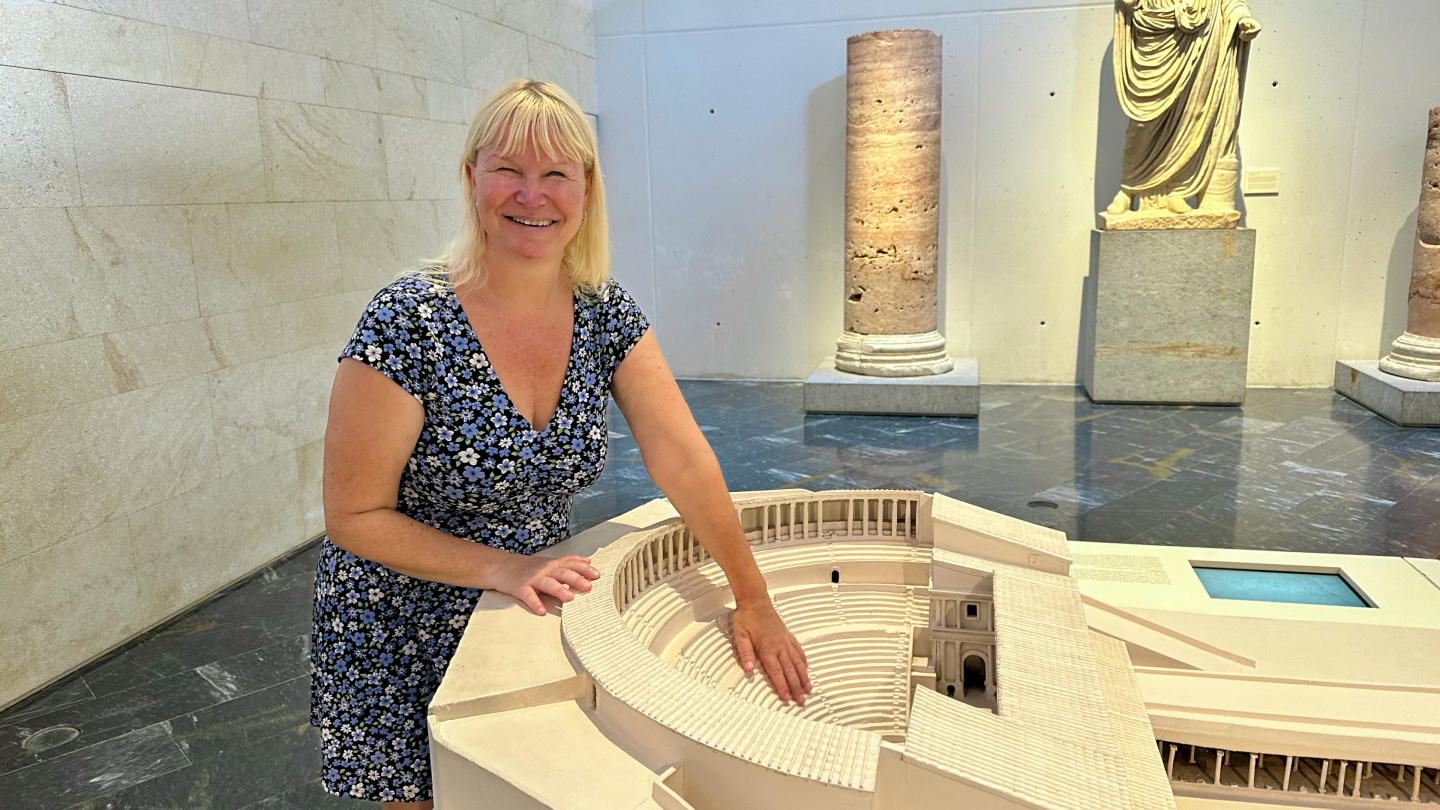
The amphitheatre had nearly 7,000 seats, and it was astonishing how well normal speech carried from the 43.6-meter-wide stage to the highest seats far up in the back.
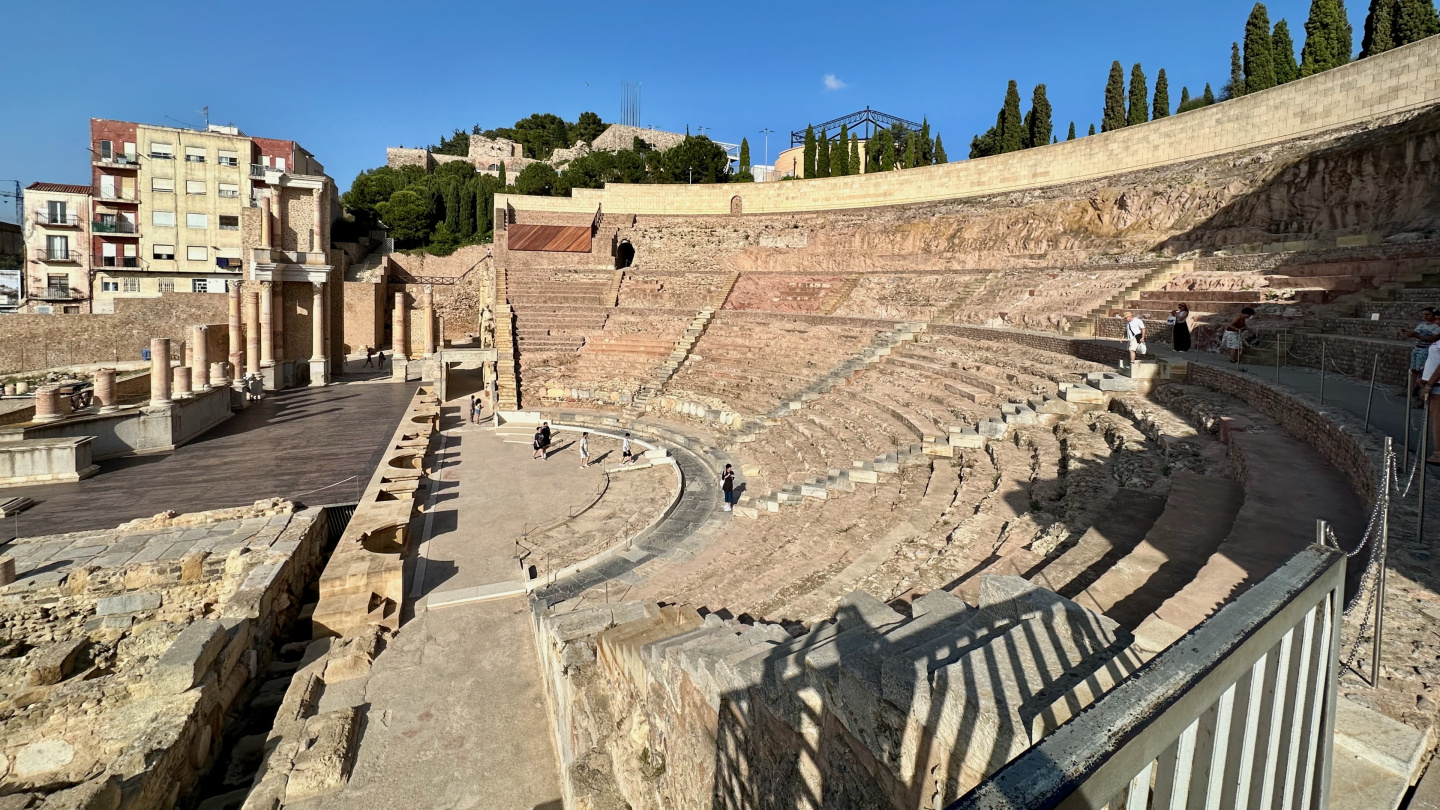
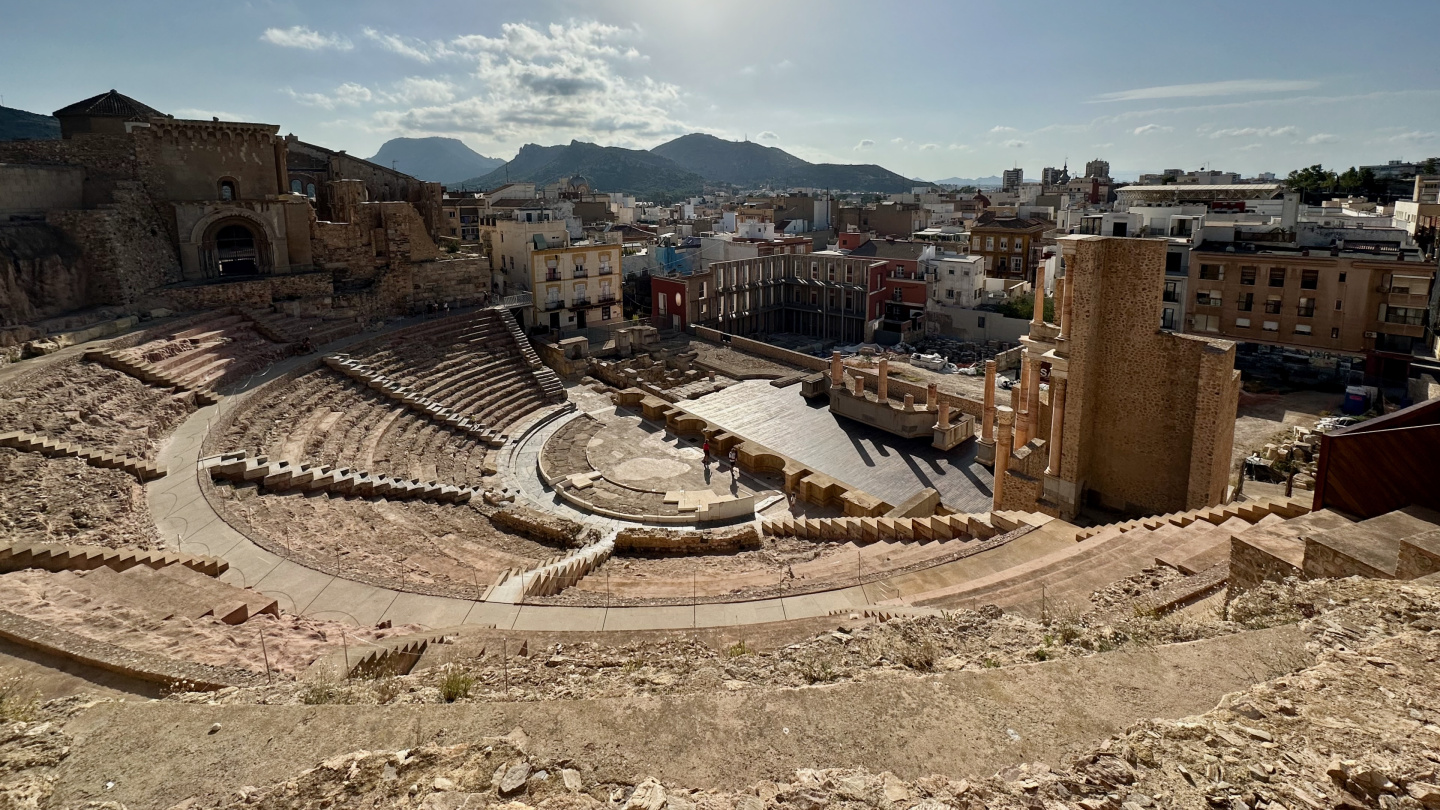
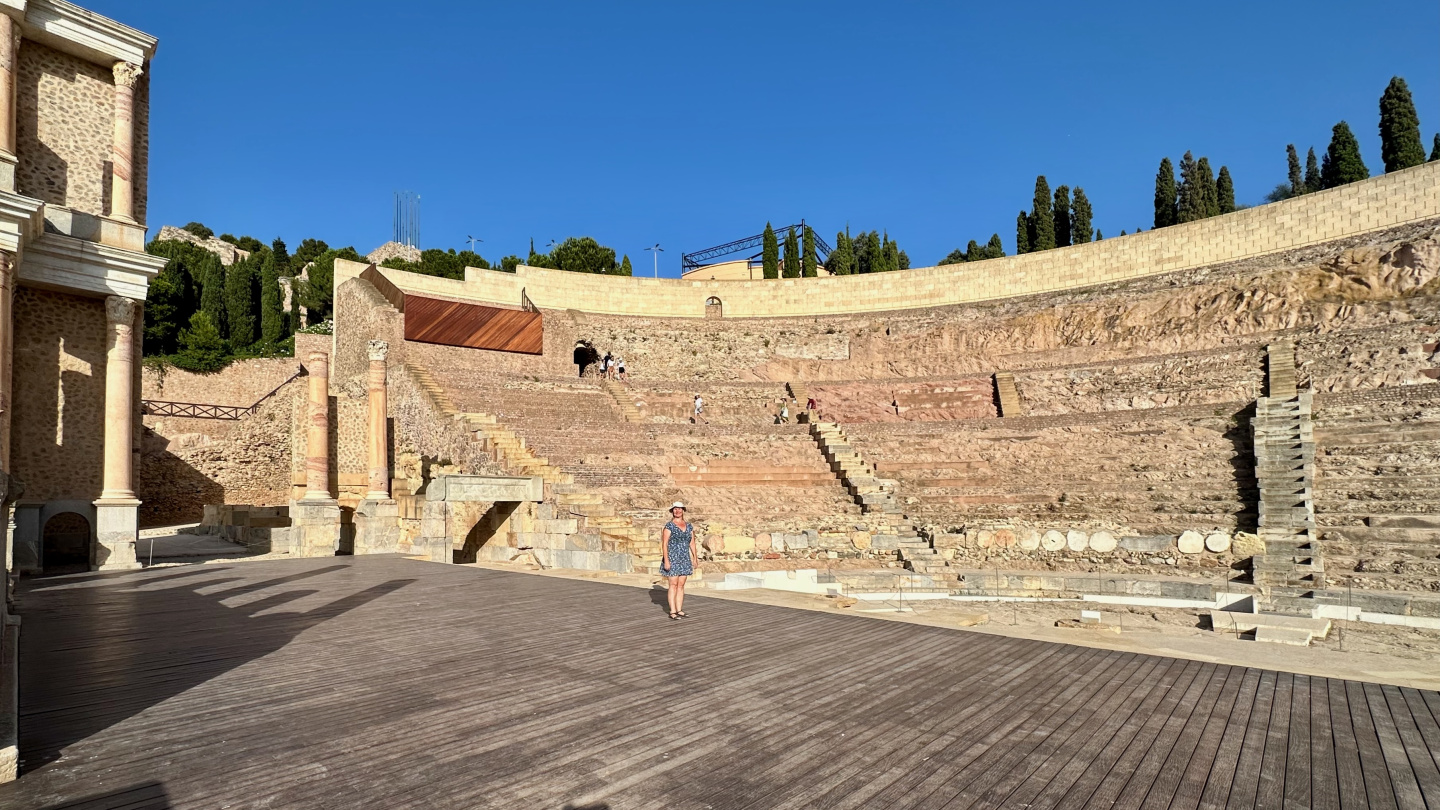
One can only imagine the breathtakingly beautiful views that once opened up from the amphitheatre, long before modern apartment buildings appeared. The theatre was built so that five small hills surrounding Cartagena’s historic center are visible from it: Molinete, Monte Sacro, Monte de San José, Despeñaperros, and Monte de la Concepción. It’s also important to note that these hills have played a significant role in the city’s defense for centuries.
Although Cartagena has a reputation as an industrial city, we found it to be a vibrant university town full of life and activity. We could have easily spent more time here, as there was so much left unseen. Cartagena was truly a worthwhile destination.
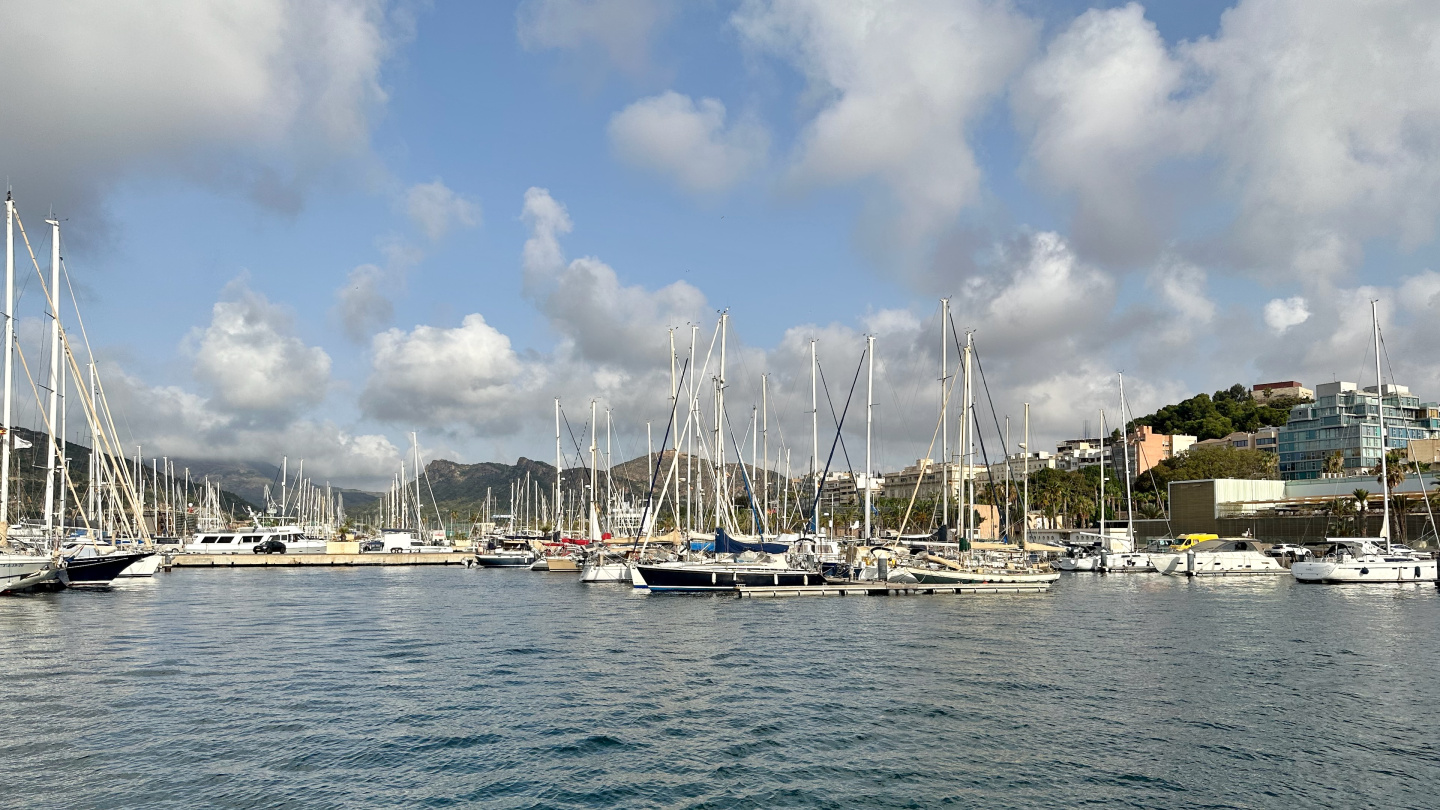


Pity, that we missed each other. Our SY Apollonia is berthed in Cartagena. Remember our conversation in 2019 or so, I was about taking over a NC44 similar yours. Unfortunately, after I sold my Sunbeam, the owner of the NC44 passed away and she was not more on the market. So I was without a boat for a year and I bought a Beneteau 40CC which I totally refittet in Cartagena, where there also lies a beautiful NC441. (I’m in contact with the owner)
Anyway we love Spain and the Pityuse Islands.
If you like, have a look on our sailings at http://www.asyc.at
Would be a pleasuere, if our courses might cross.
Have a pleasent season!